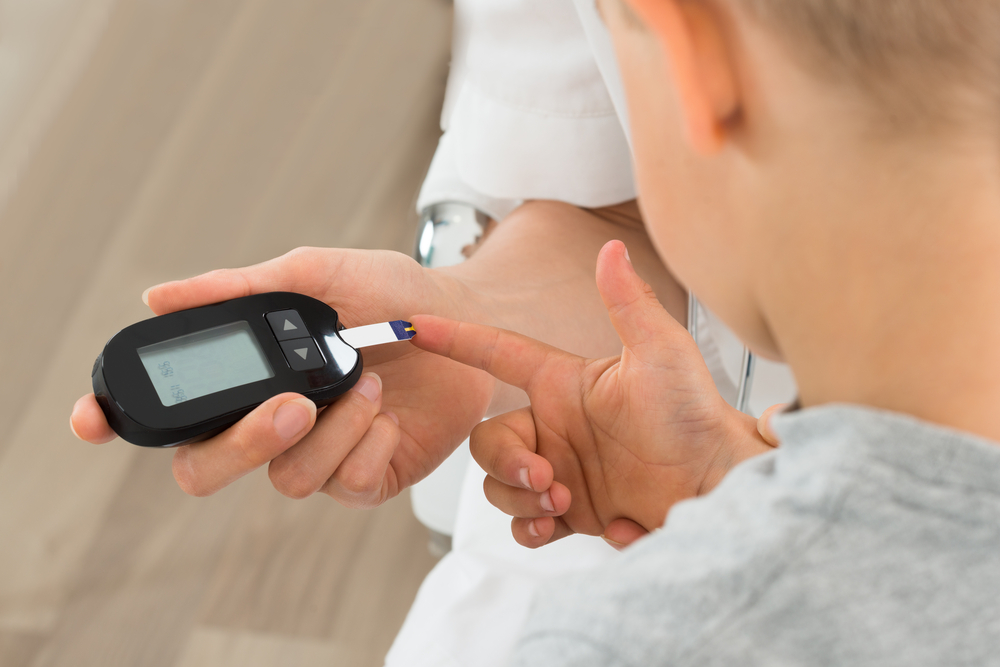DIAGNOSIS
Blood tests will be done to analyze and find out whether glucose levels are high.
Urine testing is also done to detect glucose levels in urine.
Early screening is important to have quick treatment and prevent complications.
For those who have a diabetic family member, screening should be started early.
Diabetes testing should be done in children aged over 10 years who are overweight (more than 85 percentile for BMI or more than 120 percent ideal weight for tallness) and if they have any of the two risk factors:
- Type 2 diabetes history in a first- or second-degree relative
- High-risk ethnicity (Native American, African American, Latino, Asian American, or Pacific Islander)
- If showing a high insulin resistance
- Maternal history of diabetes or gestational diabetes during the child’s gestation
You can able to lessen the risk of having diabetes by seeking an early screening test.
TREATMENT
Doctors may recommend blood sugar monitoring, oral medications or insulin shots depending on what kind of diabetes you may have. You can also combine these regimens with eating a balanced diet less in sugar and with exercise.
Treatments for all types of diabetes
Maintaining a healthy lifestyle by eating a healthy meal and by proper exercise can help manage diabetes.
- Healthy eating. More fruits, vegetables, lean proteins and whole grains should be consumed to help lessen diabetes risk. Sweet treats are okay once in a while, as long as they’re counted as part of your meal plan.
You can ask help from a registered dietitian to know what and how much to eat to achieve your health goals, food preferences and lifestyle. For those who have type 1 diabetes, this will include carbohydrate counting.
- Physical activity, such as aerobic exercise is a must-have for everyone and especially to those who have diabetes. Exercise helps move sugar to cells where it’s used for energy. Sensitivity to insulin may also increase through physical activity, which means that your body needs less insulin to transport sugar to your cells.
Get your doctor’s approval to undergo physical activity, and make this part of your daily routine.
Do 30 minutes or more of aerobic exercise everyday.
Treatments for type 1 and type 2 diabetes
Insulin shots or the use of insulin pump, regular blood sugar tests and carbohydrate counting are the treatments for those who have type 1 diabetes. And for those who have type 2 diabetes, treatments involve monitoring blood sugar, diabetes medications, insulin and lifestyle changes,
For those who take insulin you must check and record your blood sugar levels four times a day or more.
For individuals with type 2 diabetes who aren’t taking insulin, blood sugar checks are much less frequent.
Individuals who get insulin treatment also may choose to monitor their blood sugar levels with a continuous glucose monitor. Although this technology hasn’t yet completely replaced the glucose meter, it can essentially diminish the quantity of finger sticks necessary to check blood sugar and provide important information about trends in blood sugar levels.


